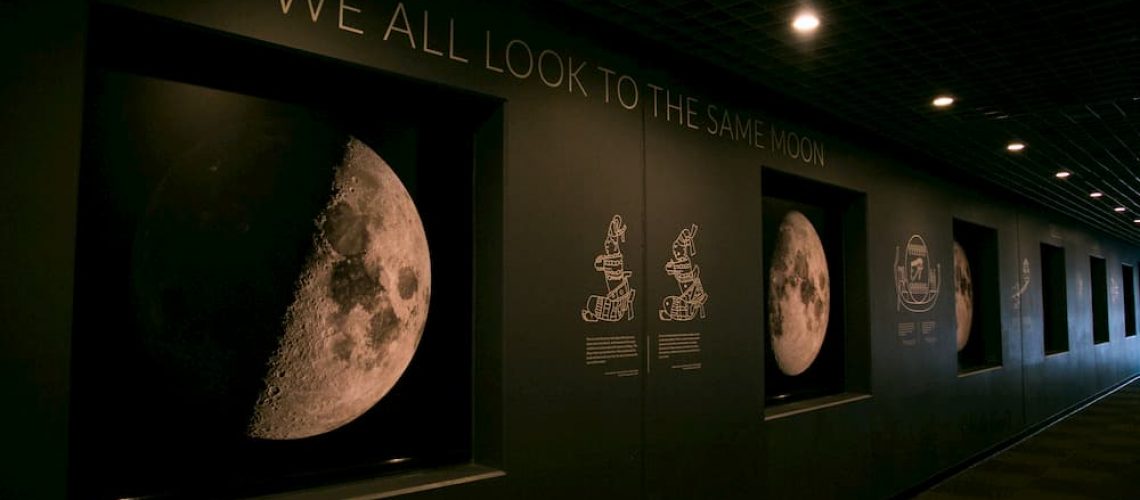Do you wish you could take a planetarium tour during the pandemic? All of our classes
at Woodlawn took a tour of the universe without even leaving their seats. The K-2
students attended a scientist led virtual indoor star party and our 3-5th attended a
scientist led virtual astrobiology lesson.
These virtual voyages through time and space were fully funded by a NASA grant and our Woodlawn Wildcats were chosen by OMSI, based on an application process.
I am lucky enough to have a third grader and a first grader at Woodlawn so I sat in on each presentation. I learned that life may exist in some surprising places and that Mount Hood is tiny compared to the mountain on Mars.
Remember the story of Goldilocks and the Three Bears? Jim Todd, the instructor that
led Astrobiology, taught us that we live in the “Goldilocks Grid”, the planet that is “just right.” Earth, just like Goldilocks’ porridge, is just the right temperature for life, while Venus and Mars are too hot or too cold.
Our students learned about what makes our planet habitable. The sun drives life–light and heat. They talked about the atmosphere on Venus, Earth and Mars. Venus is rocky with a lot of Carbon dioxide. This greenhouse effect causes it to be 700 degrees F. With radar imaging, we can see the surface of Venus and the equipment could only last for two hours before it was too hot.
The kids got to see some cool images. So cool that Ada, a third grader, changed her
future career plans after the field trip. She has always wanted to be a teacher but now
she is looking forward to becoming an Engineer for NASA and teaching kids about
space. It was a new realization for Ada that you could work for NASA and not be an
astronaut.
Besides thinking about the future career paths, some of the students may
have been dreaming of visiting other planets. Venus has lots of beautiful lava flows
and craters and there is a mountain on Mars bigger than the state of Oregon and taller
than Mount Everest, but unfortunately, neither of those planets is in the habitable
“Goldilocks” zone.
There is also a valley or canyon (Valley Planeris) the width of the United States and three miles deep on Mars but the rocky red planet is – 81 degrees F and the atmosphere is just too thin. The classes looked at the possibility of other planets having potential for life. The more we learn about ourselves and our planet, the more we can learn about possible far away life. You can learn more at exoplanets.nasa.gov.
The K-2 classes looked at images of the night sky. They focused on our sky in Oregon
and the constellations and planets we can see from our homes or from Woodlawn Elementary. There is a lot of dust so we can see stars really well. The kids went through their rooms to find things shaped like rings like Saturn and the other planets.
Sylvan, a first grader, said she loved learning about the constellations most. She is
excited to look for Pegasus the flying horse, as well as a fish, big bear, and little bear. I enjoyed learning about predictable patterns of these celestial bodies while seeing a simulation of earth’s rotation and orbit around the sun.
Shawn, a paraeducator, said she was fascinated by the presentations. She loved the
way they were given verbally and visually because it helped her imagine how big the
universe is and just how small planet earth is in comparison. I have to agree with
Shawn and I am glad to live in the Goldilocks Zone where it is “just right.”
–Becky Hillary
Parent of Two Woodlawn Wildcats


